CBCT Cone Beam X-Ray
A special type of x-ray equipment
CBCT Cone Beam X-Ray is a special type of x-ray equipment which dentists use when regular dental and facial x-rays do not suffice. A CT scanner with this type of technology generates three-dimensional (3-D) images of the dental structures, soft tissues, nerve paths and bone in the craniofacial region in one scan.
Cone Beam CT
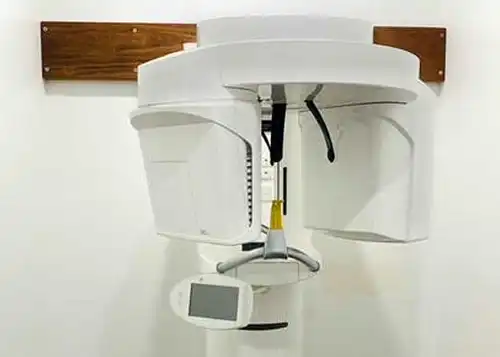
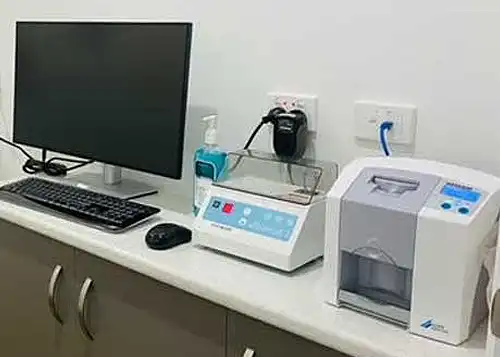
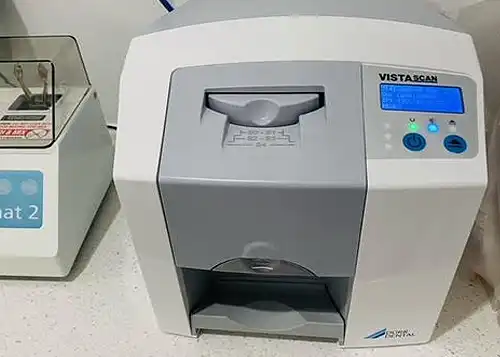

Contrary to conventional CTs, it uses a cone-shaped x-ray beam and two-dimensional detectors instead of one-dimensional detectors and a fan-shaped beam. Cone beam CT allows for more precise treatment planning. Moreover, by scanning multiple angles and views simultaneously, the dentist can achieve a more comprehensive evaluation.
Dental Cone Beam CT Advantages
Cone Beam CT Has Several Advantages, Including:
- Decrease in examination time
- Decrease in patient movement
- Increased x-ray tube efficiency
- The CT scans are painless, non-invasive, and accurate
What Are Some Common Uses Of The Procedure?
By using cone beam CT scans, the dentist can plan a more precise treatment than with conventional dental x-rays. Bone and soft tissue can both be viewed by CT simultaneously, which is one of its major advantages. Dental cone beam CT is commonly in use for for more complex cases that involve:
- Planning the surgical removal of impacted teeth
- The diagnosis of temporomandibular joint disorder (TMJ)
- Placing dental implants accurately
- Examination of the jaw, sinuses, nerve canals, and nasal cavity
- Detecting, measuring and treating jaw tumors
- Understanding the anatomy of the jaw and the orientation of the teeth
- Finding the source of pain or pathology
How Does The Procedure Work?
We In a cone beam CT examination, the gantry or C-arm rotates around the head in a complete 360-degree rotation, it creates a 3-D image by capturing multiple images from different perspectives and reconstructing them into one.
X-ray source and detector are mounted on opposite sides of the rotating gantry and rotate simultaneously. A single rotation of the detector can provide up to 200 high-resolution two-dimensional (2-D) images, which combines digitally to produce a 3-D image for your dentist or oral surgeon to review.
How Is The Procedure Performed?
The dentist will position you so that the area of interest falls in the center of the beam. As the x-ray source and detector revolve around you for a 360-degree rotation or less, you will need to remain very still. On average, the entire mouth and dental structures takes about 20 to 40 seconds for a full mouth x-ray.
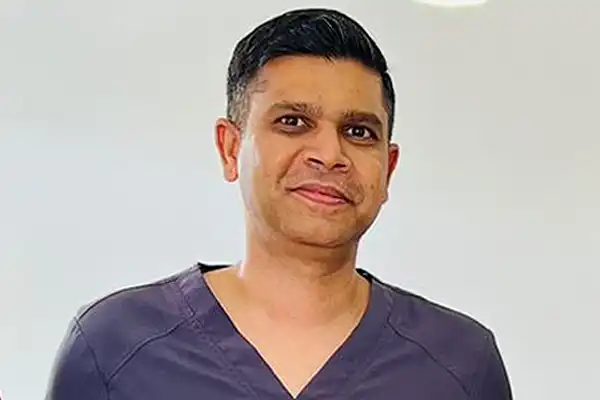
About Dr, Ajay
Dr. Ajay is a member of the Australian Dental Association and Australian Society of Implant Dentistry. Dr. Ajay keeps abreast with the advances in dentistry by attending course and lectures in Australia and around the world. Furthermore, as a practicing dentist, he loves to listen to your questions, concerns and explain all your treatment options. Call (07) 4151 7305 for an appointment
Payment Options / Plans
Payment plans are essentially loans, which can support you in managing the high cost of dental treatment. Rather than paying for your dental work in an upfront lumpsum, a payment plan allows you to pay in instalments over a period of time. We have onboard, payment plan service providers who will make your payment plan’s instalments even more affordable.
There are several payment options available at our surgery including Cash, Cheque, EFTPOS, Credit Card, HICAPS, AMEX and Direct Deposit.




